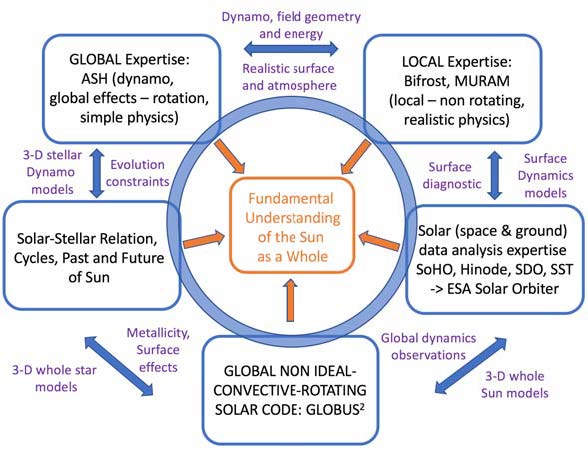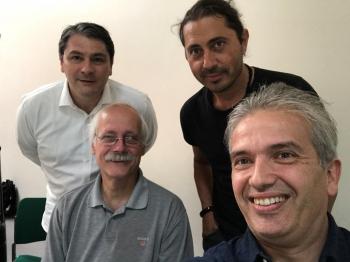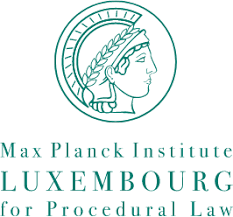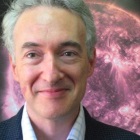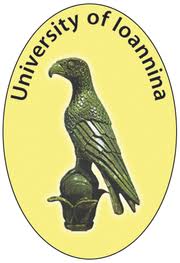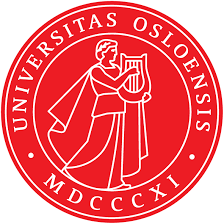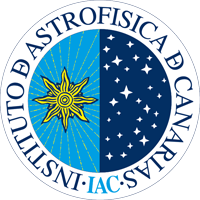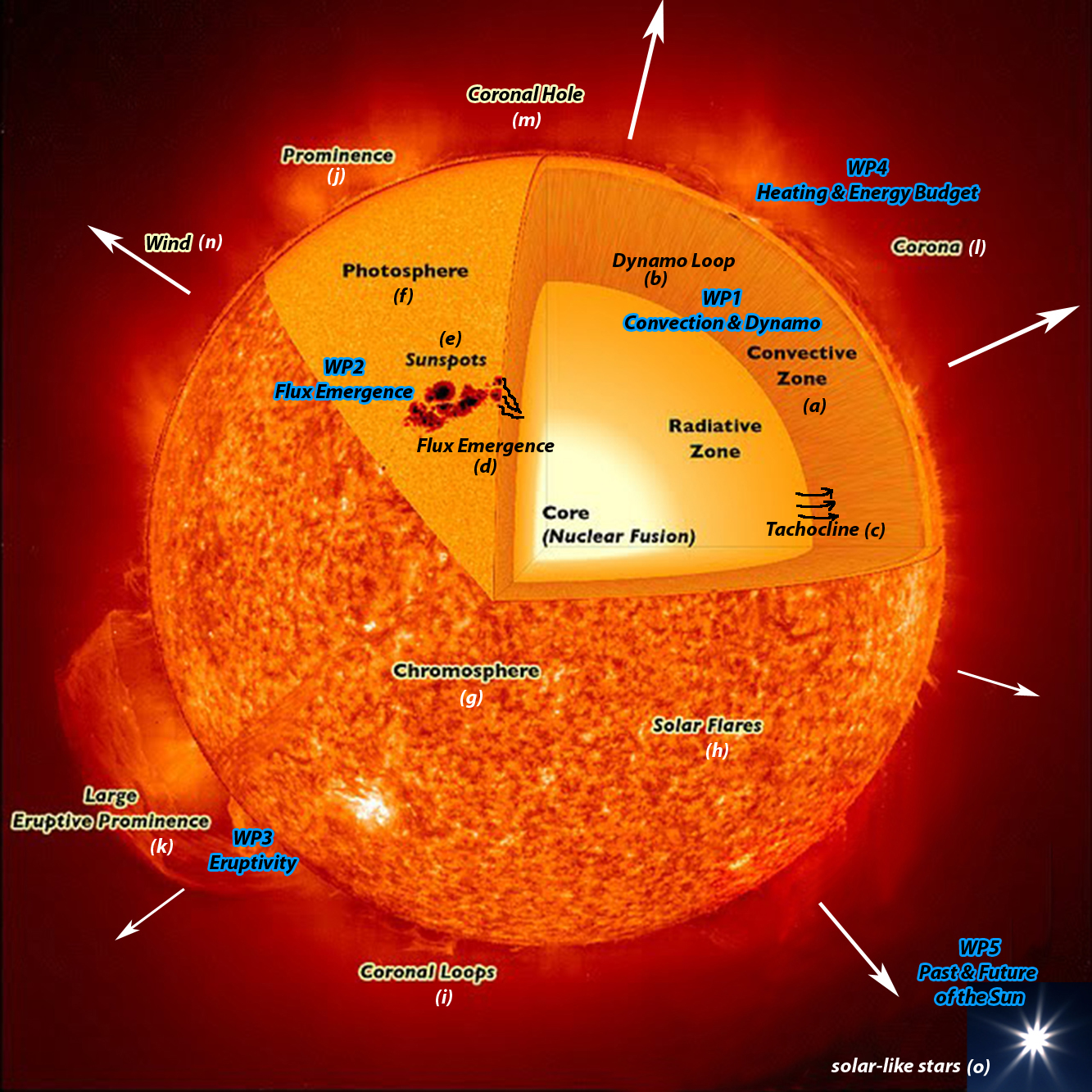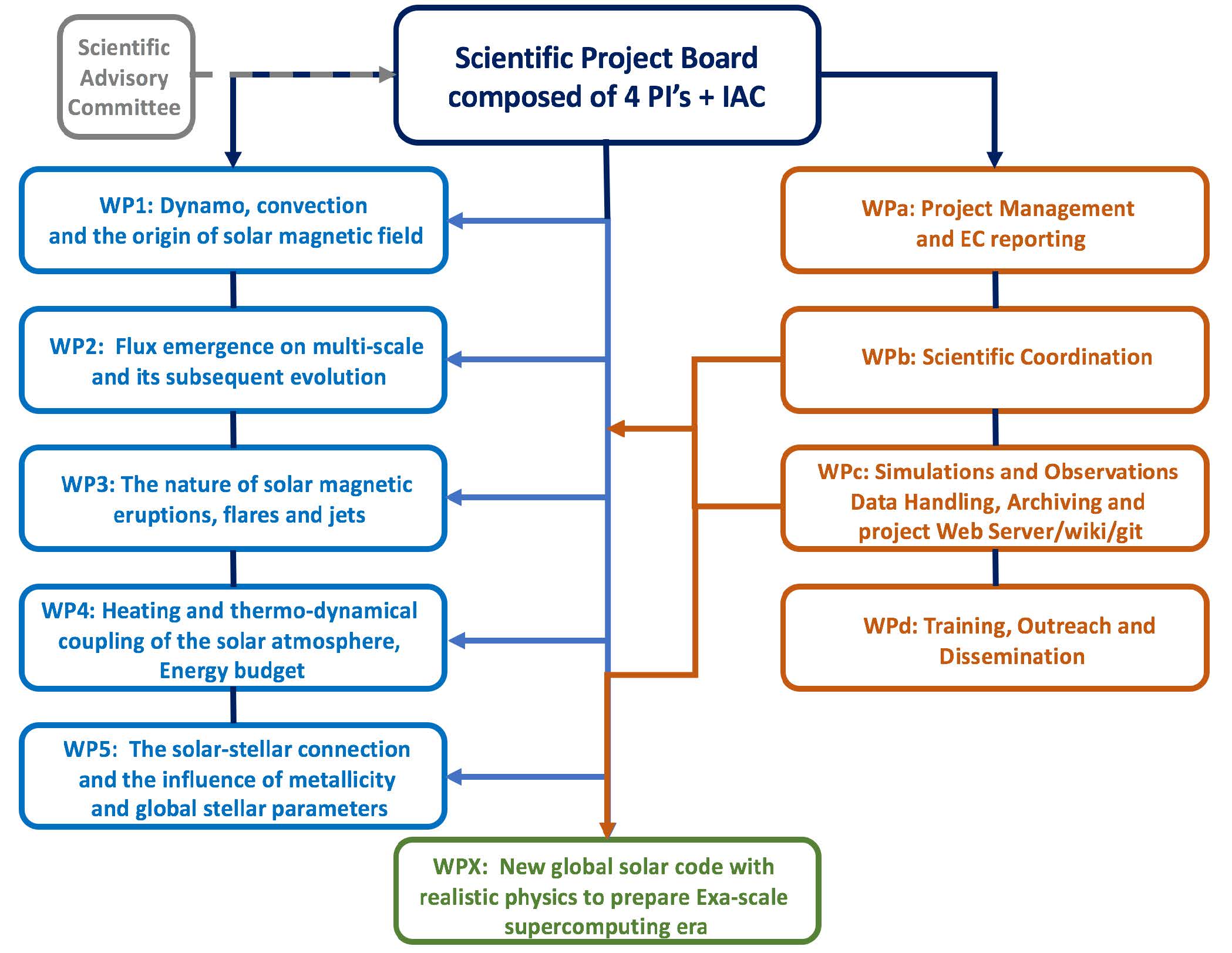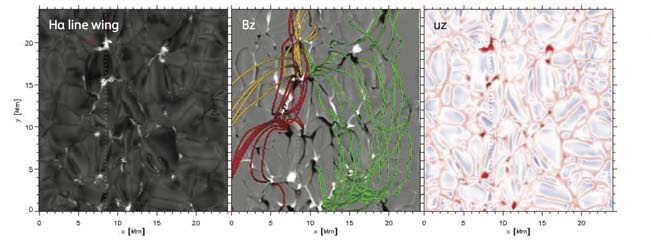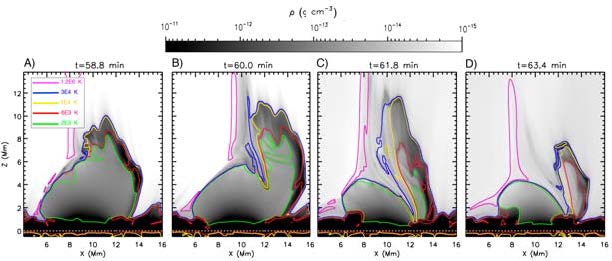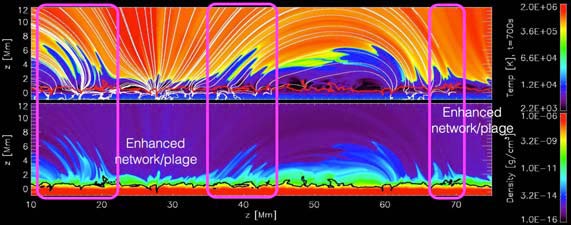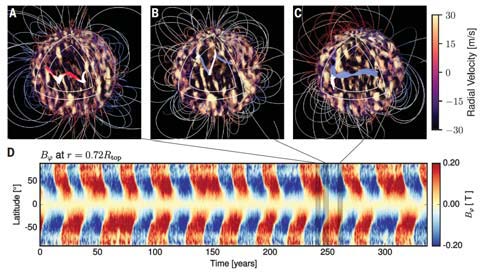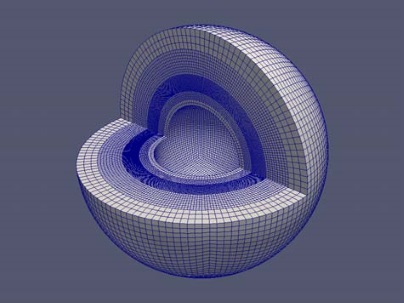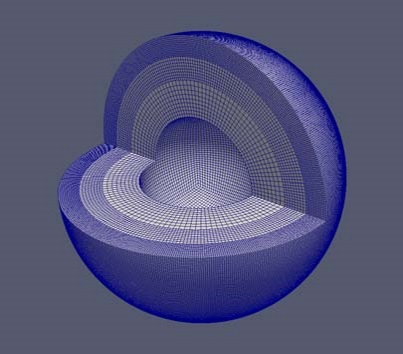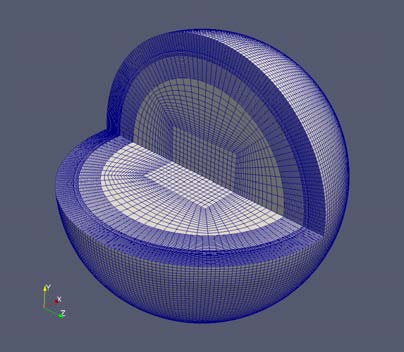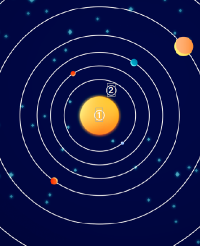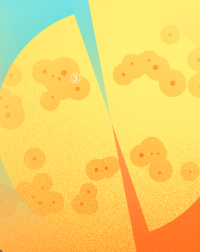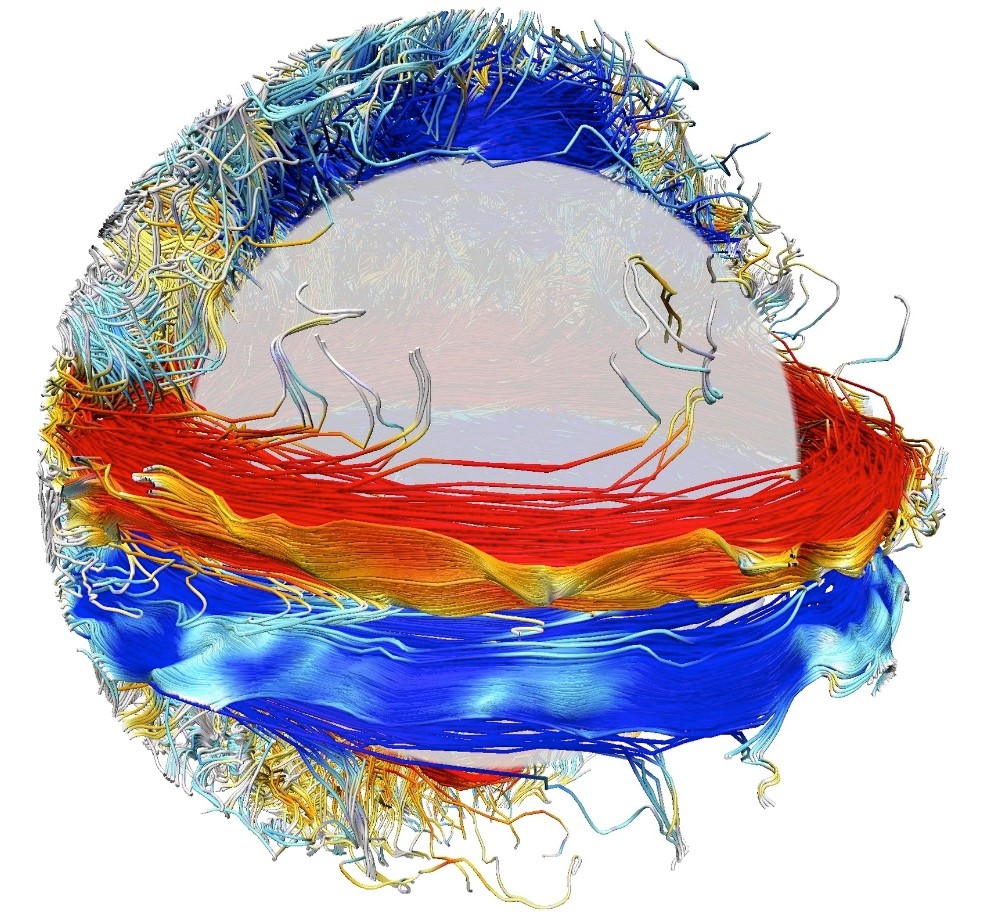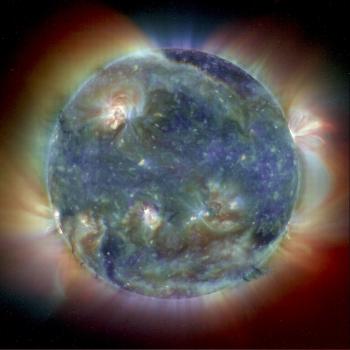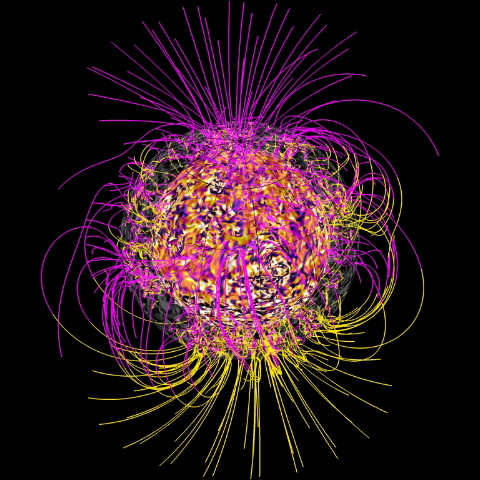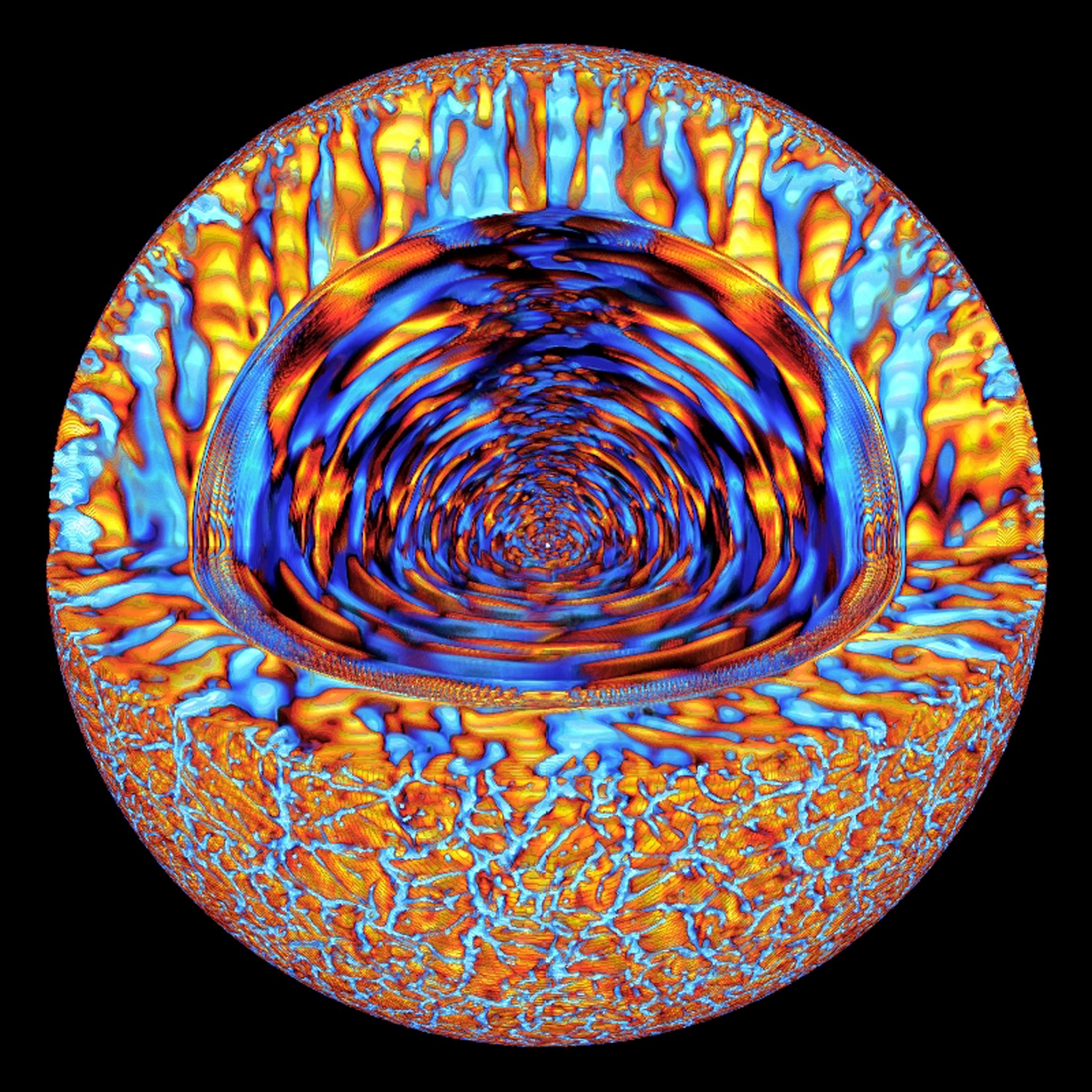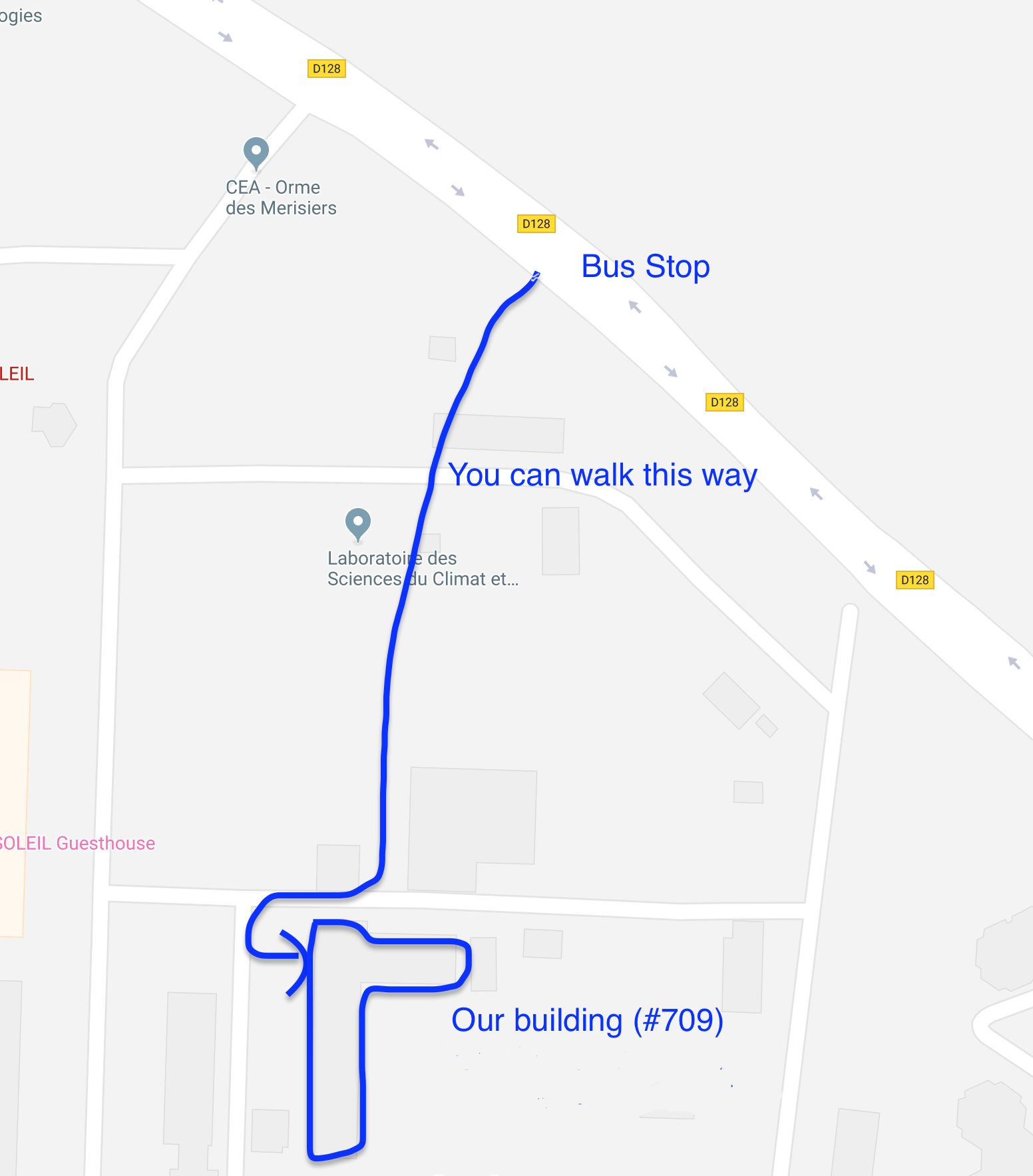WHOLE SUN PROJECT
ERC Synergy Grant in Astrophysics
About WHOLESUN projects
Understanding the physical mechanisms behind the eruptive activity of the Sun and its stellar twins.
This project has just been funded for six years by a prestigious Synergy grant from the European Research Council (ERC). Four European experts on the Sun and stars, from the Astrophysics Department of CEA-Irfu / UMR AIM in France, the Max Planck Institute for Solar System Research (MPS) in Germany, the university of Ioannina in Grece and the University of Oslo in Norway, will pool their know-how and knowledge of the dynamics of our star and its twin stars. The objective is to determine over the next six years how the magnetic field is generated inside the Sun and how it creates solar spots on its surface and eruptions in its highly stratified atmosphere. To this end, the team will develop the most advanced complete Sun model using the most powerful supercomputers, known as Exa-scale, and will constrain it with observations from space missions, such as the European Space Agency's (ESA) Solar Orbiter, to be launched in 2020.
.jpg)
© NASA/SDO
